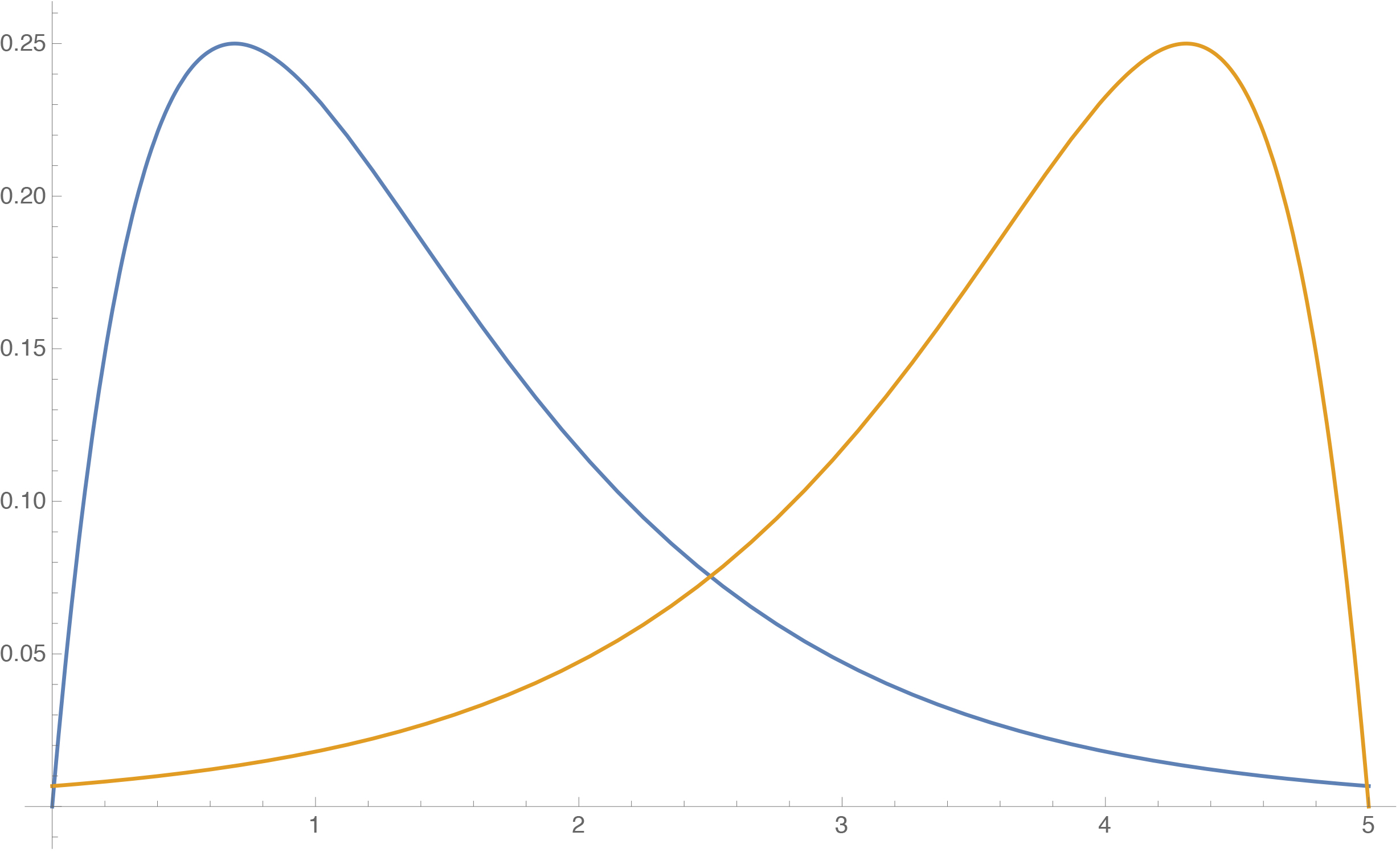Mathematically verifying efficacy
If a pharmaceutical company wants to market a counterfeit drug with the same active ingredient as in the original drug, it must first prove that the generic drug dissolves in the blood just as quickly as the original; then it can be assumed that both drugs are therapeutically equivalent.
This bioequivalence is tested in pharmacokinetics studies on volunteers, in which the concentration of the active ingredient in the blood is recorded over time. The resulting concentration curve is evaluated mathematically. Classical methods take two parameters into account: the area under the concentration curve and the maximum drug concentration in the blood.
Stricter guidelines for new drugs
Concentration curves, however, can have very different courses, even if the area under the curve and the maximum drug concentration are the same. "In that case, a generic drug may be declared therapeutically equivalent to the original, even though the maximum active ingredient concentration may not be reached until much later," explains Professor Dr. Holger Dette, who is working on new procedures at the RUB together with Dr. Kathrin Möllenhoff. These should be able to compare the entire course of the active ingredient concentration of two preparations.
The long-term goal of the project is for regulatory authorities to incorporate the new procedures into their guidelines. "Then doctors and patients can be sure that a generic drug really is just as effective as the original," says Kathrin Möllenhoff.
Click here for the original article in the RUB news.
